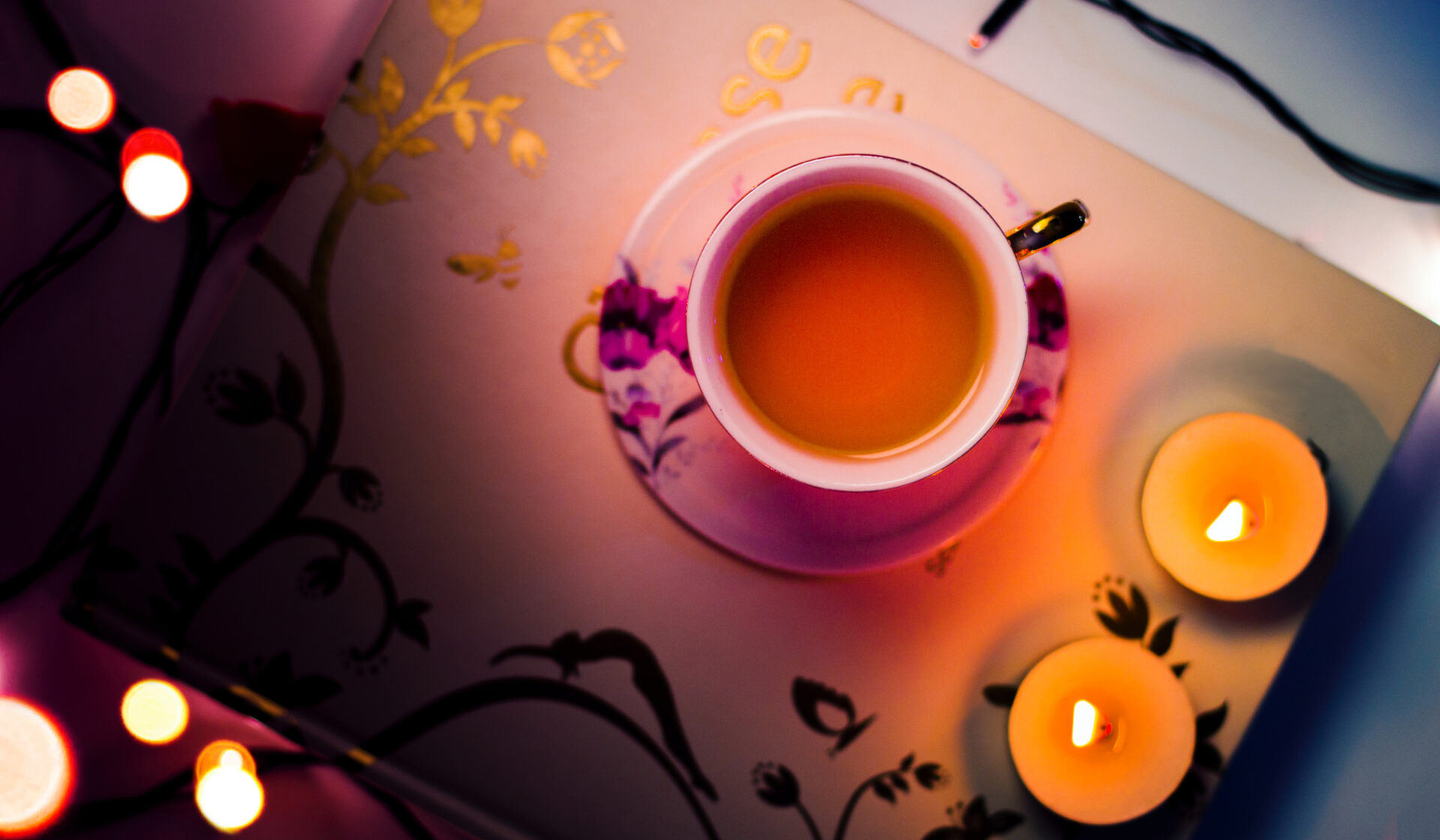Delve into the captivating world of Darjeeling, a renowned tea grown in the picturesque Darjeeling region of India. This extraordinary tea carries a rich blend of history and socioeconomic significance that has shaped its thriving tea industry since its first planting in 1841. One cannot explore Darjeeling without unraveling its fascinating story, and I highly recommend the following books to delve deeper into this subject:
“Darjeeling: A History of the World’s Greatest Tea” by Jeff Koehler
“The Darjeeling Distinction: Labor and Justice on Fair-Trade Tea Plantations in India” by Sarah Becky
“For All the Tea in China” by Sarah Rose
While Darjeeling encompasses a variety of tea types, it is most renowned for its exquisite black tea. Often hailed as the Champagne of teas, Darjeeling captivates the palate with its distinct muscatel flavor. Understanding the naming system of teas from this region can be a delightful exploration in itself, as they are typically named after the season of harvest and the specific estate where they are grown. Personally, I find an irresistible fondness for 1st Flush teas, particularly when they are exceptionally fresh. However, when seeking a reliable choice, I often turn to the reliable 2nd Flush teas. Exploring different estates becomes an exciting journey, as the tea’s characteristics truly unfold based on its unique origin.
Let’s dive into the three primary flushes of Darjeeling:
1st Flush: Harvested in mid-March after the refreshing spring rains
2nd Flush: Gathered in June, just before the arrival of the monsoon season
Autumnal Flush: Harvested in autumn, following the revitalizing rainy season
Understanding the Fascinating Leaf Grades:
You may have come across a series of letters at the end of the tea’s name, representing the leaf grade used in its production. “Orange Pekoe” typically denotes black tea made from whole leaves of a specific size. On the other end of the spectrum, “Fannings” and “Dust” represent the lower grades primarily used in tea bags.
Here are some common leaf grades you may encounter:
SFTGFOP (Super Fine Tippy Golden Flowery Orange Pekoe)
FTGFOP (Fine Tippy Golden Flowery Orange Pekoe)
TGFOP (Tippy Golden Flowery Orange Pekoe)
FTGBOP (Fine Tippy Golden Broken Orange Pekoe)
TGBOP (Tippy Golden Broken Orange Pekoe)
FBOP (Flowery Broken Orange Pekoe)
BOP (Broken Orange Pekoe)
GFOF (Golden Flowery Orange Fannings)
GOF (Golden Orange Fannings)
D (Dust)
To unlock the true essence of Darjeeling tea, it is generally recommended to use water heated to 212 degrees Fahrenheit (100 degrees Celsius) and steep for 3 to 5 minutes. However, if you are brewing greener 1st Flush teas, slightly cooler water temperatures may yield better results.
Immerse yourself in the captivating world of Darjeeling, where a tapestry of history, diverse flavors, and a unique grading system converge. Embark on a journey through the mesmerizing Darjeeling region of India and discover the essence of this extraordinary tea. Allow each sip to transport you to a realm of indulgence and appreciation for the wonders of Darjeeling.



Leave a Reply
You must be logged in to post a comment.